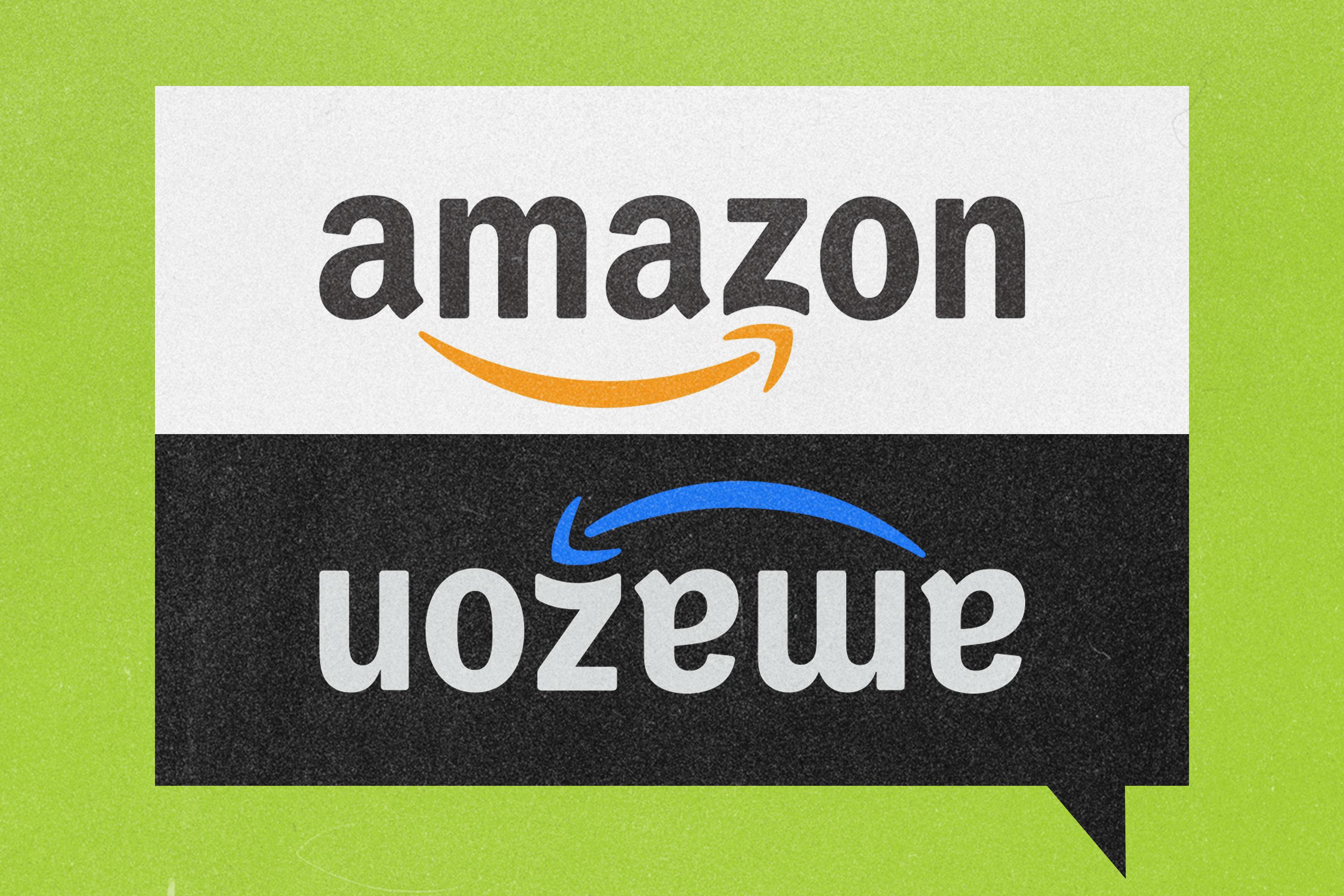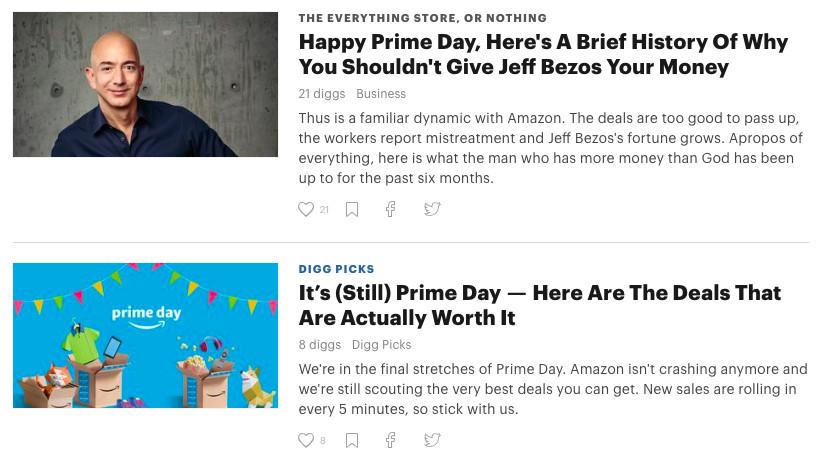
Another Amazon Prime Day has come and (almost) gone, and this year’s has been more complicated than usual. Amazon’s annual online-sales bonanza for its Prime members is only three years old, yet it feels like much has changed since July 15, 2015. Back then, the most controversial thing about Prime Day was that it wasn’t great. The internet at large prepared itself for Cyber Monday/Black Friday–level deals, with Christmas sales in July. Instead, everyone conceded to buy mediocre household items they couldn’t pretend to care about.
But Prime Day is now much more than a flash sale for Amazon. It’s become an internet-wide coupon craze with no sign of slowing down—except on Monday, when Amazon’s Prime Day webpages crashed, redirecting visitors to its 404 page, which featured employees’ dogs.
The dogs became part of the story, a fun tangent for reporters and Amazon visitors to explore. After all, one of the only things the internet’s power users love more than an online discount is a dog. The site outages did not negatively impact sales, according to Amazon; perhaps displaying a page of pups helped keep customers around.
The site’s technical issues were likely a welcome problem for Amazon, because this year’s Prime Day became political. In the midst of the faux holiday, Amazon warehouse workers calling for a Prime Day boycott in Germany, Spain, and Poland went on a strike that will last through July 18. The protests came at the same time as Amazon CEO Jeff Bezos was named the richest man in the world, an announcement meant to encourage a boycott of Prime Day. Amazon told Reuters that it did not expect the protest to affect Prime Day deliveries.
The protests address working conditions that put employees in danger and lead to extreme exhaustion; this year, the National Council for Occupational Safety listed Amazon as one of the most unsafe places for warehouse laborers to work. Seven workers have been killed at the company’s warehouses since 2013, the report stated.
“Despite a disturbing pattern of preventable deaths, Amazon is demanding huge tax breaks for its new headquarters—on top of $1.1 billion in subsidies American state and local taxpayers have given the company since 2000,” the report read. “Amazon workers suffer injuries—and sometimes lose their lives—in a work environment with a relentless demand to fill orders and close monitoring of employee actions.” It also included the photos of workers who died on the job and described their deaths: one was run over by a truck, another’s head was crushed by a forklift, a third died from injuries sustained after being hit by an SUV in the parking lot. There are other stories like these.
Controversy doesn’t end with warehouse conditions. In May, the city of Seattle passed a measure to tax Amazon, among other large companies, based on the number of employees they have to help address the city’s wealth gap, which the company in large part created. The Ringer’s Victor Luckerson explained, “The strain on the city during this period has been obvious. Housing stock has not kept pace with the torrid job growth spurred by Amazon and expanded footprints for rivals Facebook, Google, and Microsoft. Apartment rents increased 64 percent between 2010 and 2017, and home prices seem to reach record highs every month.” But in June, Amazon killed the bill by strong-arming politicians and campaigning for residents’ support, leaving the city struggling to find a new solution.
Prime Day is complicated by all the controversies that accompany Amazon’s core business, and how consumers and the media approach the company and its holiday is thorny. It’s not uncommon to see a site feature a takedown of the mega-retailer next to a guide of its best Prime Day deals, or to hear someone critique the unabashed consumerism of the discount day while also sighing and ordering half-priced compression socks.

Discussions about Amazon are fraught, in part because of the behemoth the company has become. It’s a retailer, it’s a streaming service, it’s integral to many lives. For bloggers, it’s likely easiest to stick to the script and write about the Instant Pot discounts available during Prime Day, or, in the spirit of lightheartedness, address the technical glitches and adorable dog bios. It’s hardest, but probably wisest, to discuss the inhumane treatment of workers by one of the richest companies in the world that has won over a legion of customers by way of two-day shipping.
Prime Day can’t just be about the fire sale of Amazon products, and the internet shouldn’t act as an online coupon book for the retailer. The politics of Prime Day have evolved, and the complicated ethics of the company behind it are part of the story. So far, neither the protests, the glitches, nor anti-consumer sentiments were enough to topple the retailer.